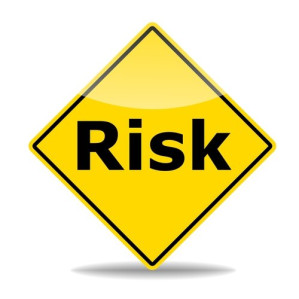What is a Dynamic Risk Assessment?
Published At: Fri 16 Jun 2023

Risk assessment is an essential aspect of any workplace, as it helps identify potential hazards and implement measures to prevent accidents and injuries. However, in some work environments, the risks are constantly changing, and a traditional risk assessment may not be sufficient. This is where a dynamic risk assessment comes into play. In this blog post, we will explore the concept of dynamic risk assessment, its importance in various industries, and how it differs from a traditional risk assessment.
What is Dynamic Risk Assessment?
A dynamic risk assessment is an ongoing process of identifying and evaluating risks in real-time as they evolve or change during the course of work activities. It involves continuously monitoring the work environment for new or changing hazards and adjusting safety measures accordingly. This type of assessment is particularly useful in situations where the risks are unpredictable or rapidly changing, such as emergency response operations or high-risk environments like secure hospitals or prisons, or activities that require interactions with unpredictable or challenging people.
Dynamic risk assessments are not meant to replace traditional risk assessments but rather complement them by providing an additional layer of safety when dealing with uncertain or fluctuating conditions.
Key Components of a Dynamic Risk Assessment
- Continuous Monitoring
The most crucial aspect of a dynamic risk assessment is continuous monitoring. This involves regularly observing the work environment for changes that may introduce new hazards or increase existing risks.
- Flexibility
A successful dynamic risk assessment requires flexibility in adapting to changing circumstances quickly. As new hazards are identified or existing risks increase, workers must be able to modify their actions accordingly to maintain safety levels. This may involve stopping work temporarily until conditions improve or implementing additional safety measures as required.
- Communication
Effective communication between team members is vital for a successful dynamic risk assessment. Workers must be able to share information about potential hazards quickly and efficiently so that everyone can respond appropriately to changing conditions.
- Training and Experience
Performing a dynamic risk assessment requires a certain level of expertise and experience. Workers must be familiar with the potential hazards associated with their work environment and be able to recognize when risks are increasing. Regular training sessions can help ensure that all team members are equipped with the knowledge and skills necessary to perform dynamic risk assessments effectively.
Dynamic Risk Assessment vs. Traditional Risk Assessment
While both dynamic and traditional risk assessments aim to identify hazards and implement safety measures, they differ in their approach and application:
- Timing: Traditional risk assessments are typically conducted before work begins, while dynamic risk assessments occur during the course of work activities.
- Scope: Traditional risk assessments focus on identifying hazards that can be anticipated based on historical data or similar work environments, whereas dynamic risk assessments deal with unpredictable or rapidly changing risks.
- Adaptability: Dynamic risk assessments require workers to adapt their actions in real-time as conditions change, while traditional risk assessments rely on pre-determined safety measures.
Dynamic risk assessment is an essential tool for maintaining safety in high-risk industries or situations where risks are constantly changing. By continuously monitoring the work environment, adapting to changing conditions, and maintaining open communication among team members, workers can effectively manage risks and prevent accidents or injuries. While dynamic risk assessments should not replace traditional risk assessments, they provide an additional layer of protection when dealing with uncertain or fluctuating circumstances.
